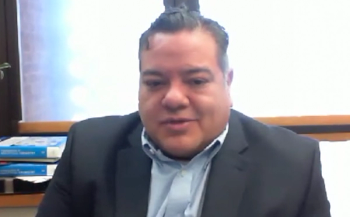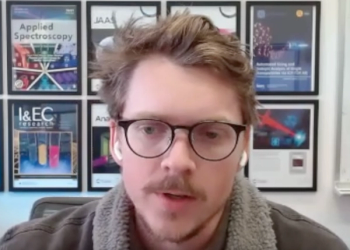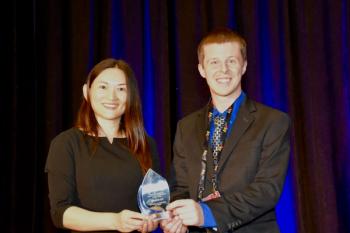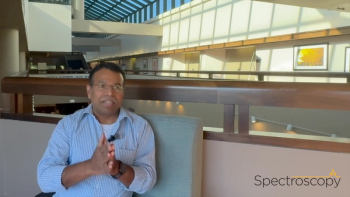
SciX 2023: A Look at the Tuesday Morning Oral Session on ICP-Time-of-Flight-MS
On Tuesday October 10th from 8:30–10:10 am, an oral session on inductively coupled plasma–time-of-flight–mass spectrometry (ICP-TOF-MS) will take place. We preview this session here.
From 8:30–10:10 am, an oral session titled “ICP-Time-of-Flight-MS” will be taking place in Central Pacific A/B/C. This series of five talks will cover the latest research done that used ICP-MS as a primary technique.
At 8:30 am, Detlaf Gunther of ETH Zurich will initiate the session with a talk titled, “Capabilities Of a Downwards Pointing ICP-TOF-MS For Nanoparticle and Cell Characterization.” This talk will discuss how downward-pointing vertical ICP-TOF-MS has been recently used for analyzing glass microspheres and different algae cells.
Following this, at 8:50 am, Alexander Gundlach-Graham of Iowa State University, will give a talk titled, “The Origins of Noisy Single-Particle ICP-TOFMS Data and How to Use It.” Gundlach-Graham’s talk will explore three sources of signal variance in spICP-TOF-MS measurements: particle size distributions; mass fraction variability; and Poisson detection statistics.
Next, at 9:10 am, C. Derrick Quarles of Elemental Scientific Inc. will give a talk titled, “Expanding the Elemental Coverage by Combining LIBS with ICP-TOF-MS for High-Speed Imaging.” This talk will discuss the hurdles in using LA-ICP-TOF-MS in spectra analysis and offer a few solutions to address them.
The subsequent 9:30 am talk will be led by Veronica Bradley of Oak Ridge National Laboratory. The talk, titled, “Automated Elemental and Isotopic Analysis of Particles with Single-Particle Inductively Coupled Plasma-Time of Flight-Mass Spectrometry,” will focus on how critical material recover is one application where single particle (sp)-ICP-TOF-MS method can be utilized.
Finally, at 9:50 am, Hark Karkee, a graduate student at Iowa State University, will give a talk titled, “Accurate Classification And Quantification Of Engineered And Natural Titanium Submicron Particles Using Single-particle ICP-TOF-MS.” This talk concludes the morning session and discusses how a decision-tree-based classification scheme was developed to classify Ti-EPs and Ti-NPs based on their elemental compositions and mass ratios.
Newsletter
Get essential updates on the latest spectroscopy technologies, regulatory standards, and best practices—subscribe today to Spectroscopy.




